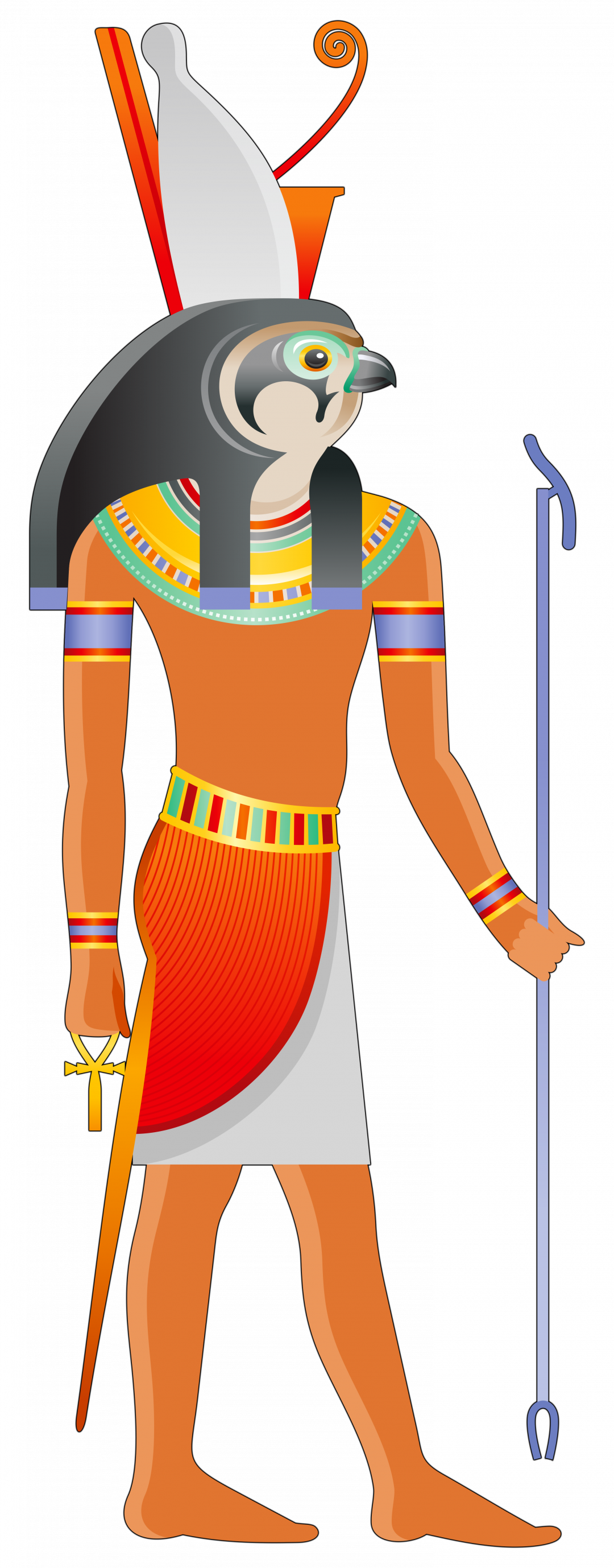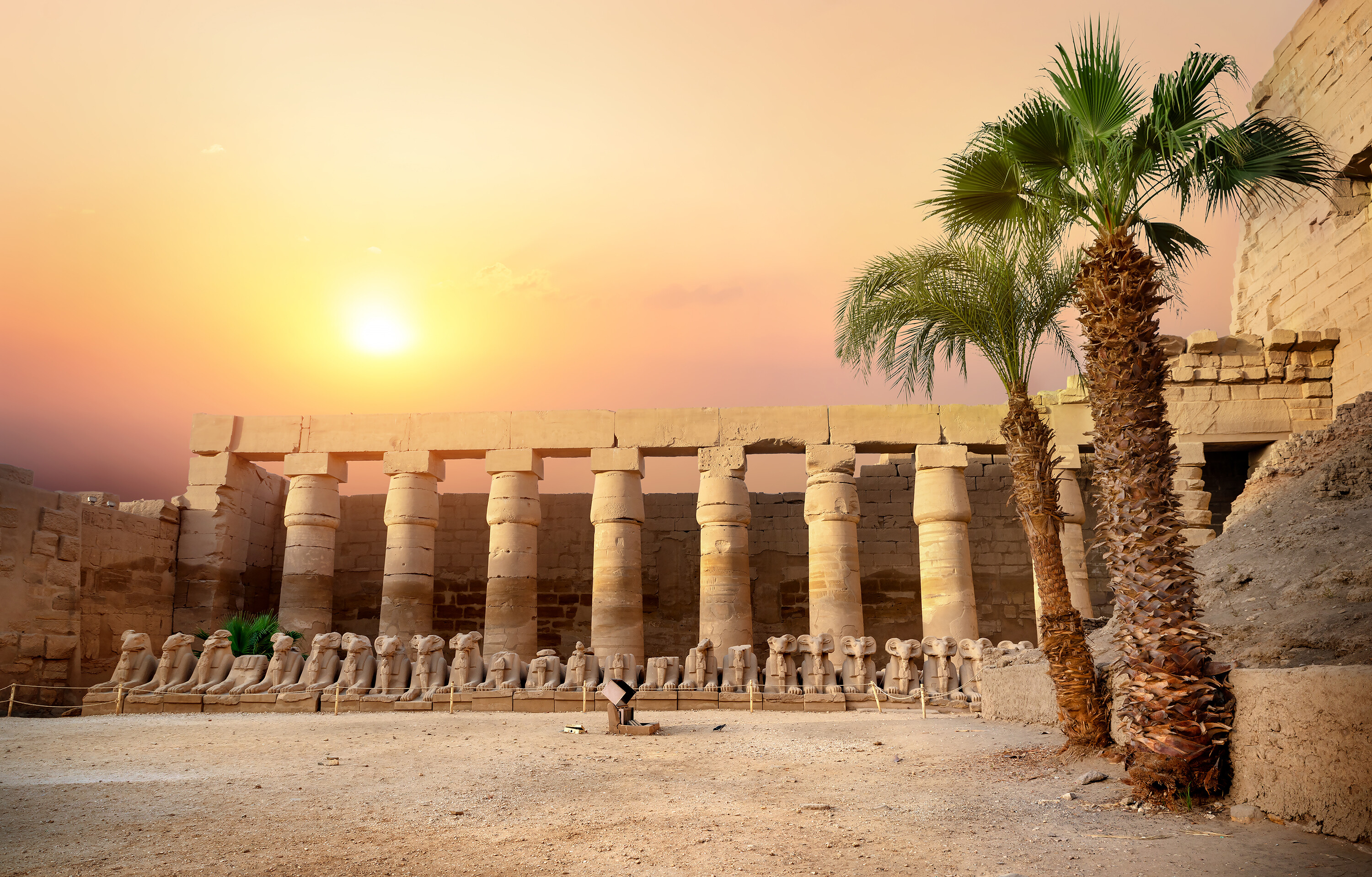
Horus the Younger
Horus the Younger and Horus the Elder are often mentioned side by side, although this doesn’t refer to the same deity. Although Horus the Elder was very important during the early empire, he was eventually eclipsed by Horus the Younger. In fact, the Younger took a lot of his characteristics and would eventually replace him.
Often, Horus the Younger was referred to as Horus the Child. During the Ptolemaic period, numerous statues were erected in his honor. Most of them show the god as a young boy holding his finger on his lips. Many experts believe that this signified the situation when he had to keep quiet while hiding from uncle Set.
In many ways, Horus the Younger is the reflection of our own fragility. As a child, the god was in grave danger and barely managed to escape from it. He would become a symbol of suffering and an entity that would heal and protect those in danger.
Besides Egypt, Horus the Child had a massive impact on Roman culture. His cult gained enormous power and following in Rome and would be crucial for the development of the Christian religion. As a result, the deity was often depicted in their art. In most cases, he is shown together in the company of his mother, Isis.
In Egypt, the deity was usually depicted as a young boy with a lock of hair, which was a symbol of youth. Horus would either suck his finger or place it over his lip. In most images, he is wearing the united Egyptian crowns. In other words, both the crown of Upper and Lower Egypt. The god has the form of the morning sun, thus signifying brightness and purity. In many ways, Horus represents the birth of new hope and salvation.
Often, the Ancient Egyptian would celebrate both Horuses together. For example, the Festival of Victory was an annual gathering of believers during which Egyptians would commemorate Horus’s victory over Set. This celebration took place at the Temple of Horus, located at Edfu. There was even a theatrical play in honor of the current ruler.


